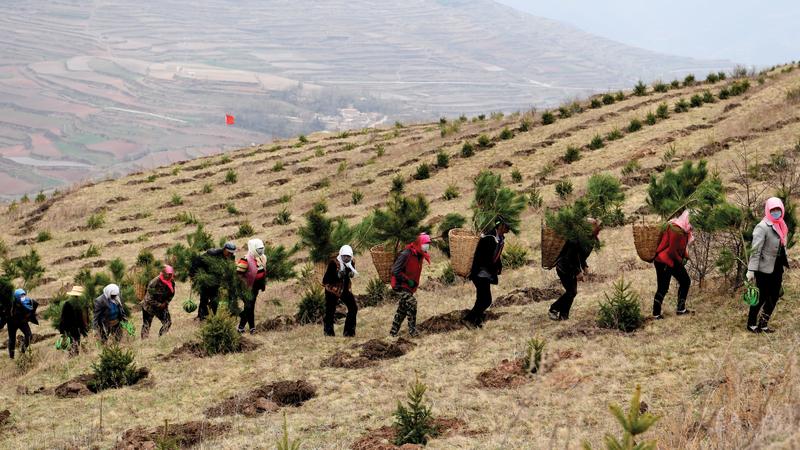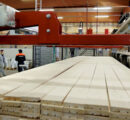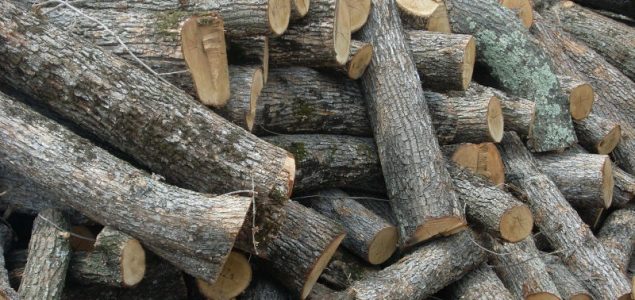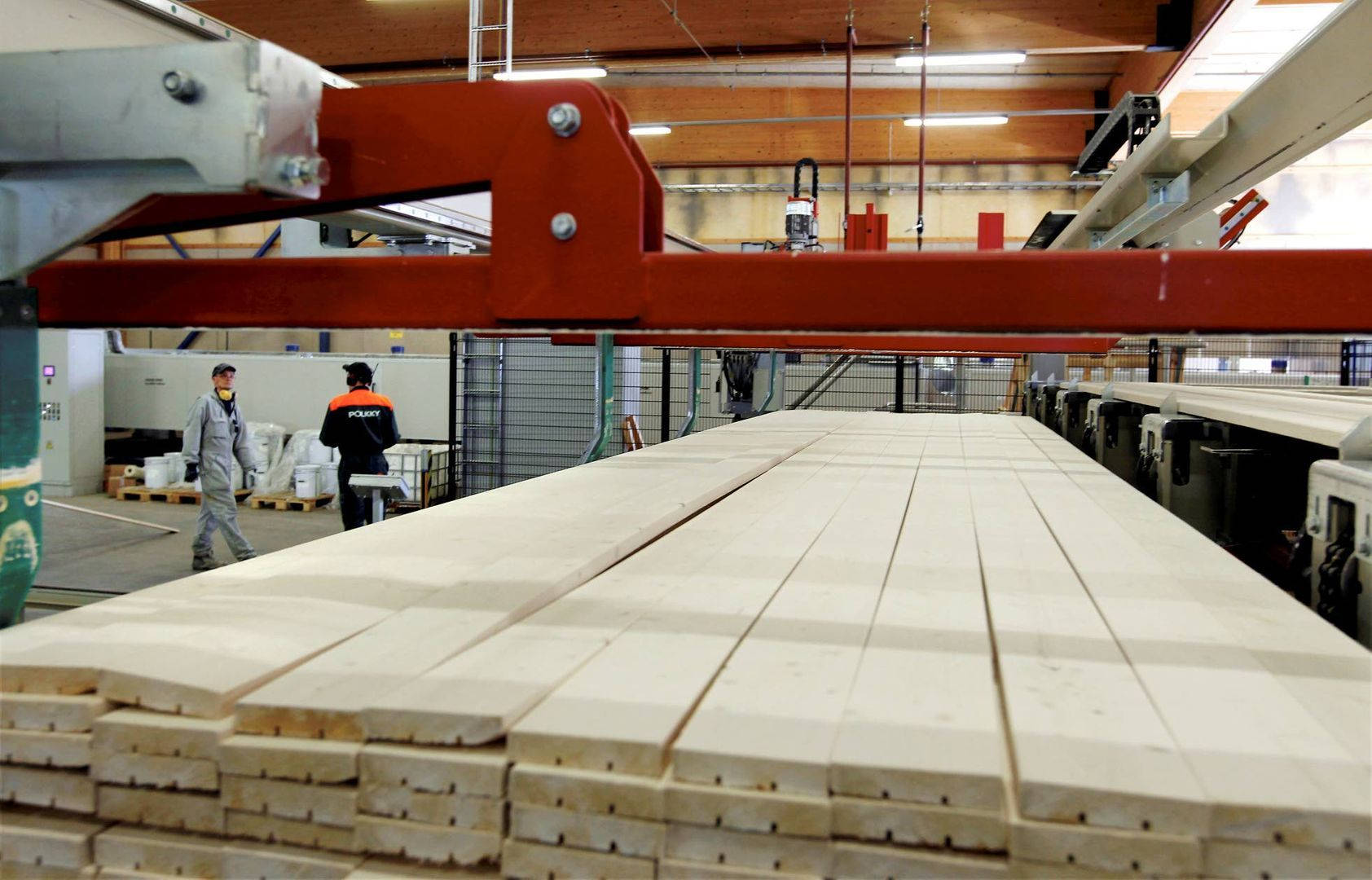Published / Reported by TIMBER INDUSTRY NEWS
admin1GWMI
EXCERPT
The invasion of Russia in Ukraine created both challenges related to the prices of raw materials and energy resources, great uncertainty for European woodworking companies.
Kristaps Sauketēns, Head of the Wood Industry Department of the Large Enterprise Service Department of “Swedbank”, notes that the most significant quantities of wood products exported from Russia and Belarus to Europe so far were sawn timber, pellets and wooden boards – plywood, OSB, chipboards. After the Russian invasion of Ukraine, the international certificates FSC and PEFC were initially annulled, and then sanctions were imposed on wood products from Russia and Belarus. This created concerns in the market about the availability of wood products and expectations of price increases. In turn, this contributed to a significant increase in demand, as buyers wanted to fill warehouses before prices rose further.
Sauketen notes that this was especially the case for lumber and OSB. “This created instability in the market and prices for these products rose significantly in March and April,” he says, noting at the same time that the market is already oversaturated – warehouses are full and prices are falling. A low price level of sawn timber is also expected in the third and fourth quarters of 2022. At the same time, the downward correction in prices is from a very high level, and prices are not expected to return to the low levels they were in before the Covid-19 pandemic.
For timber used in construction – sawn timber and OSB – the slowdown in construction activity due to rising credit interest rates in the US, expensive construction materials in Europe, as well as shortages of certain materials used in construction, as they can no longer be imported from Russia and Belarus.
Sauketen points out that, as a result, part of the investment projects are frozen, because the increase in construction costs cannot be transferred to the customer. In addition, the geopolitical situation forces investors to think more carefully about investments, especially in regions closer to Russia.
Currently, prices are falling not only for wood products used in construction. Buyers are becoming more cautious in other product groups as well, expectations of a recession are palpable. The decrease in demand for DIY type products is due to the fact that during the Covid-19 pandemic there was a very high demand in both Europe and the USA – those who were concerned about it already made purchases. Many carried out house repairs, landscaping. Garden houses were also in demand. This was driven by spending more time at home due to restrictions, saving money by not traveling and government benefits.
At the same time, the high prices of sawlogs, which were already at a high level in Ukraine before the war, caused high economic activity and very high demand for wood products in 2021 and at the beginning of this year. This led to an increase in processing capacity and more competition for sawlogs, contributing to an increase in sawlog prices. In April and May 2022, sawlog prices reached historically high levels in many European countries
The first half of the year was successful for a large number of woodworking companies
“Considering that wood products had a good market and the possibility to transfer the price of raw materials to buyers, manufacturers could afford to pay more for raw materials and still make good money. At the moment, the profitability of wood processing companies is decreasing, because the prices of many wood products are falling faster than the prices of sawlogs,” Sauketén explains.
The impact of the increase in the prices of energy resources in wood processing is not yet critical. Before the start of the war, energy resources accounted for an average of about 5% of costs in the woodworking industry. Higher cost items were only in certain sub-sectors, for example in the production of wooden boards and pellets.
“Until now, manufacturers have managed to successfully transfer the increase in costs to the price of the final product. A more critical impact would be from the interruption of gas supply. Although heating is basically provided with other energy resources, gas is needed to ensure certain production processes,” says Sauketen.
He also points out that until now, most woodworking companies in Europe had no reason to complain, because last year and the first half of 2022 have been successful for most woodworking companies. Thanks to rapid price fluctuations, a large number of companies have managed to make good money in the short term. Many companies plan to make significant investments in the coming years to increase efficiency and production volumes. Plans can be changed by the great uncertainty in the markets and the availability of raw materials.
In certain product groups, where the export of Russia and Belarus to Europe was significant, new opportunities open up for some companies. New customers and additional volumes can be obtained because wood products from these countries were subject to sanctions, for example until now most of the birch plywood consumed in Europe was imported from Russia and Belarus.
The post Prices for sawn timber in Europe expected to continue falling in Q3 and Q4 appeared first on Timber Industry News.





